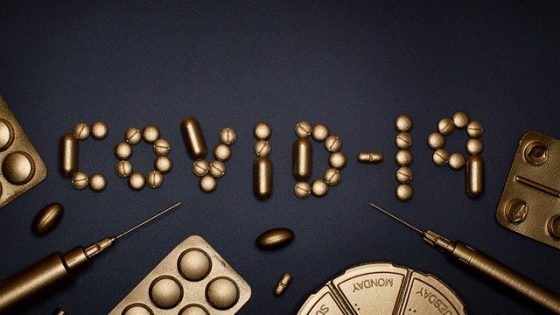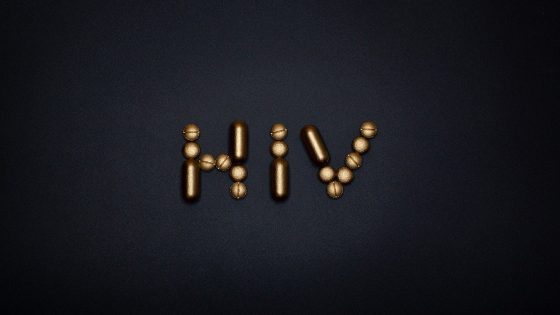Cesamet
A synthetic pill form of an active chemical in marijuana called delta-9-tetrahydrocannabinol (THC). Cesamet is used to treat nausea and vomiting caused by chemotherapy in patients who have not been helped by other therapy. It is a type of cannabinoid. Also called nabilone.
cetuximab
A drug used alone or with other drugs to treat certain types of head and neck cancer, and a certain type of colorectal cancer that has spread to other parts of the body. It is also being studied in the treatment of other types of cancer. Cetuximab binds to a protein called epidermal growth factor receptor (EGFR), which is found on some types of cancer cells. This may stop cancer cells from growing. Cetuximab is a type of monoclonal antibody. Also called Erbitux.
CEV
An abbreviation for a chemotherapy combination used to treat retinoblastoma in children. It includes the drugs carboplatin, etoposide, and vincristine. Also called CEV regimen.
CEV regimen
An abbreviation for a chemotherapy combination used to treat retinoblastoma in children. It includes the drugs carboplatin, etoposide, and vincristine. Also called CEV.
cevimeline hydrochloride
A drug used to treat certain disorders of the salivary gland. It is also being studied as a treatment for dry mouth caused by radiation therapy to the head and neck. It increases the amount of saliva and sweat made by saliva and sweat glands. Cevimeline hydrochloride is a type of cholinergic agonist. Also called Evoxac.
CFC syndrome
A rare genetic condition that affects many parts of the body, especially the heart, face, and skin. People with CFC syndrome usually have growth, developmental, and learning delays. Other signs and symptoms include heart defects, an abnormally large head, unusual facial features, and problems with the skin, eyes, and the gastrointestinal and nervous systems. People with CFC syndrome may also have thin, dry, curly hair and sparse or no eyelashes or eyebrows. CFC syndrome is a type of disease called a RASopathy that is caused by mutations (changes) in the BRAF, MAP2K1, MAP2K2, or KRAS gene. These genes make proteins involved in a cell signaling pathway that controls many important cell functions. Also called cardiofaciocutaneous syndrome.
CFS
A condition that lasts for more than 6 months in which a person feels tired most of the time. They may also have trouble concentrating and carrying out daily activities. Other symptoms include sore throat, fever, muscle weakness, headache, and joint pain. Also called chronic fatigue syndrome.
CgA
A protein found inside neuroendocrine cells, which release CgA and certain hormones into the blood. CgA may be found in higher than normal amounts in patients with certain neuroendocrine tumors, small cell lung cancer, prostate cancer, and other conditions. Measuring the amount of CgA in the blood may help to diagnose cancer or other conditions or find out how well treatment is working or if cancer has come back. CgA is a type of tumor marker. Also called chromogranin A.
CGP 48664
A substance that is being studied in the treatment of cancer. It belongs to the family of drugs called S-adenosylmethionine decarboxylase inhibitors.
Ch14.18
A drug used with granulocyte-macrophage colony-stimulating factor (GM-CSF), aldesleukin (IL-2), and 13-cis-retinoic acid to treat children with high-risk neuroblastoma. It is used in patients whose disease has gotten better with other anticancer treatment. Ch14.18 binds to a substance called GD2, which is found on some types of cancer cells. Ch14.18 may block GD2 and help the immune system kill cancer cells. It is a type of monoclonal antibody. Also called dinutuximab, MOAB Ch14.18, monoclonal antibody Ch14.18, and Unituxin.













